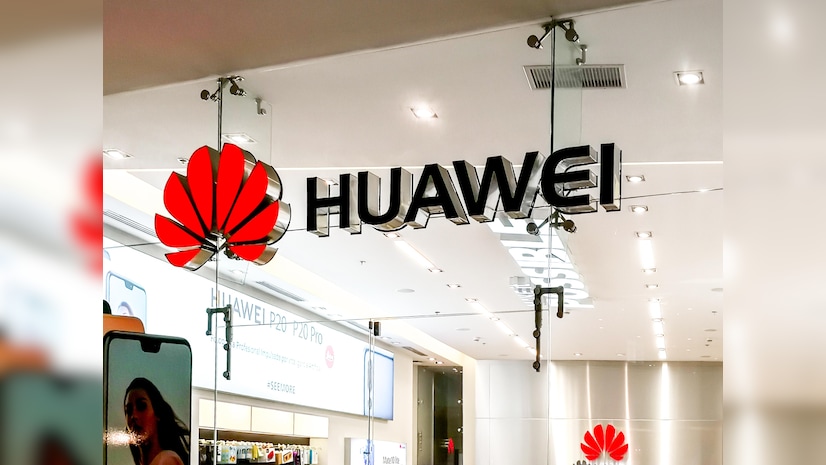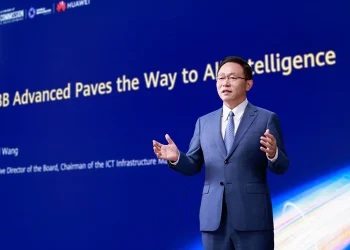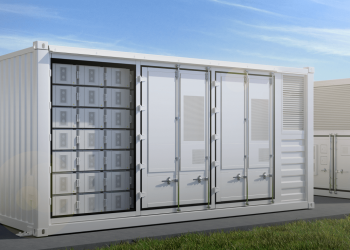Huawei Builds Advanced Chip Facilities to Challenge U.S. Tech Sanctions
Huawei is doubling down on its quest for technological independence with the construction of advanced semiconductor production facilities in Shenzhen. Satellite imagery has revealed that three large buildings under construction since 2022 are likely part of Huawei’s strategy to develop and manufacture cutting-edge chips for smartphones and artificial intelligence (AI) — a move seen as a direct response to U.S. export restrictions.
Following its addition to the U.S. Entity List in 2019 and subsequent tightening of the Foreign Direct Product Rule (FDPR), Huawei lost access to critical chipmaking technologies and Google Mobile Services. This forced the Chinese tech giant to develop its own HarmonyOS and rely on Chinese foundry SMIC for 7nm chips — the highest capability still accessible without U.S.-linked equipment.
Now, Huawei appears to be advancing plans to create a fully domestic AI chip supply chain. The company is reportedly working on substitutes for extreme ultraviolet lithography (EUV) tools, which are essential for chips smaller than 10nm. TSMC and Samsung are already producing at the 2nm level, while Chinese firms remain locked out of such capability.
Dylan Patel, founder of SemiAnalysis, described Huawei’s push as “unprecedented,” noting its ambition to control every stage of AI chip production — from fabrication equipment to model development.
This aggressive effort comes as Nvidia faces export bans on its latest AI chips to China, including the powerful H20. Ironically, this ban has boosted Huawei’s Ascend chip sales in China, filling the market gap left by Nvidia’s restricted presence.
Despite sanctions, Huawei continues to find a way — positioning itself not only as a resilient smartphone maker but also as an emerging force in AI hardware.








